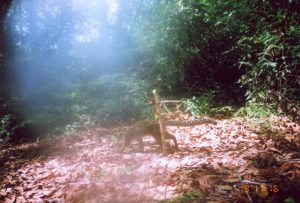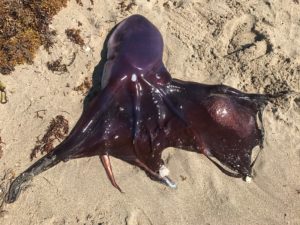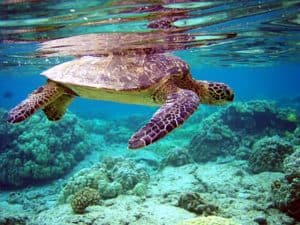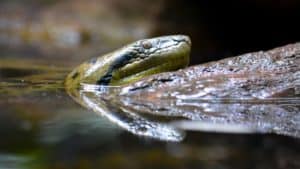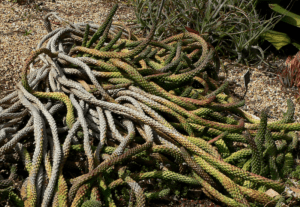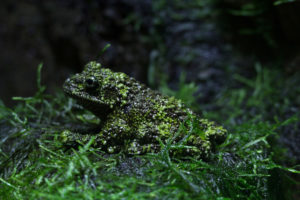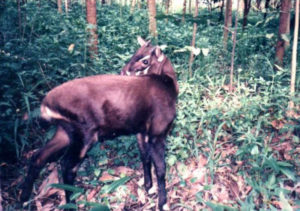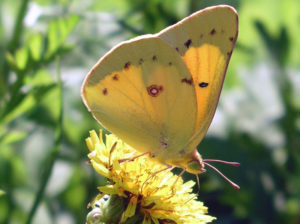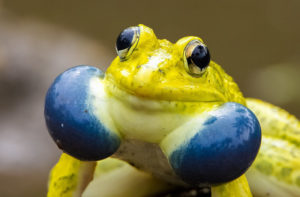
Source: http://bit.ly/2D5MGoZ Public Domain Image Marine Iguana Facts Related Articles Marine Iguana Physical Description The fabulous Marine Iguana evolved a form that almost instantly amazes those who encounter the animal. Unlike some reptiles, however, it does so due to a combination of several factors. These include overall general appearance, as well as sheer physical size. […]Read More

